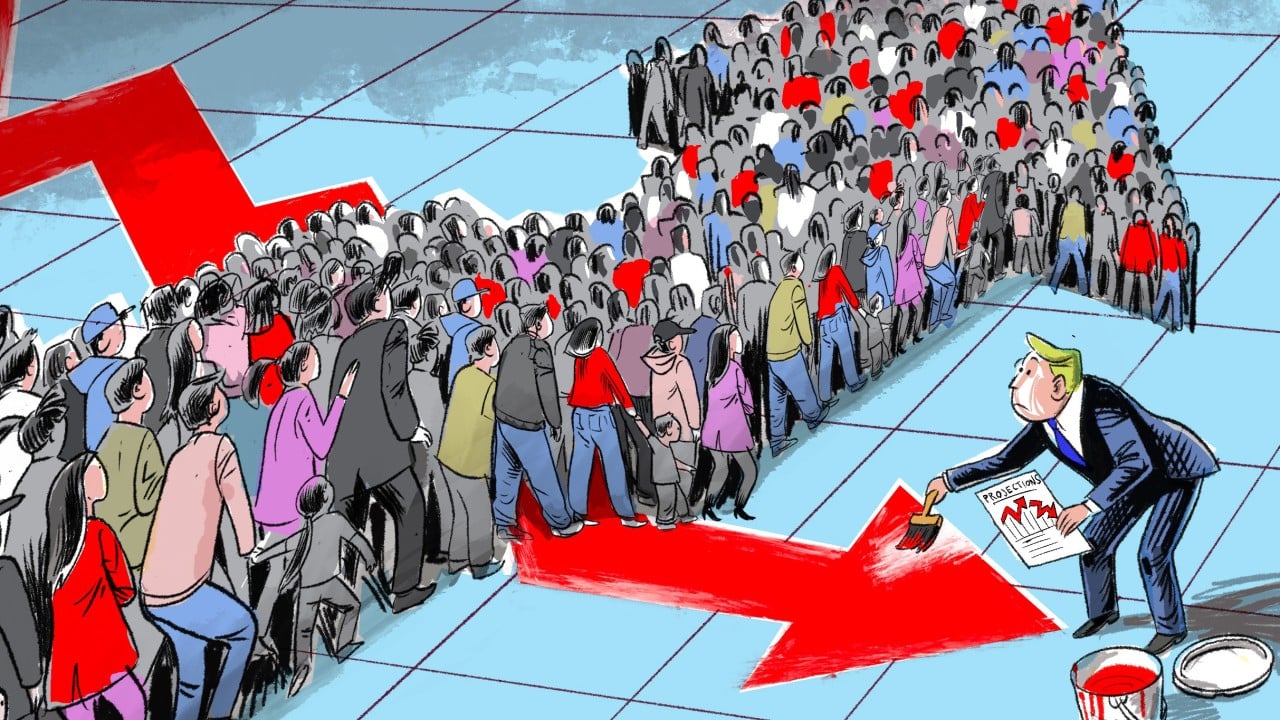In recent years, the world has seen a growing wave of confrontation, primarily in the realms of trade, finance and information. At the same time, current trends across most nations point towards declining fertility, population ageing, shrinking labour forces and the intensification and reconfiguration of global migration flows.
Advertisement
What will China, a demographic giant today, look like over the course of this century? What kind of social profile will this country have by the end of it?
To begin, let us turn our attention to the projections from the most widely cited organisation in the field of demography, the Population Division of the UN Department of Economic and Social Affairs. According to its baseline forecast, China’s population is expected to decline by a factor of 2.2 by the end of the century, reaching 633 million. However, the more critical issue lies elsewhere.
China is also projected to become a global leader, so to speak, in terms of population ageing, with people aged 65 and older making up nearly half of the total population by 2100. This would turn up the pressure on the pension system and slow down economic growth.
It is highly questionable whether such a drastic projected decline in China’s population can be taken at face value. If we examine the projections, we find that Russia’s population is also projected to fall by 15 per cent to 126 million by the end of the century, while the population of the United States is expected to grow to more than 420 million over the same period. No clear justification is provided for the declines in China and Russia versus the increase in the US.
Advertisement
However, other data tells a different story. If we look at the forecasts produced by researchers from Renmin University of China and Peking University, China’s population by the end of this century is expected to range up to around 1.12 billion in a moderate scenario.

